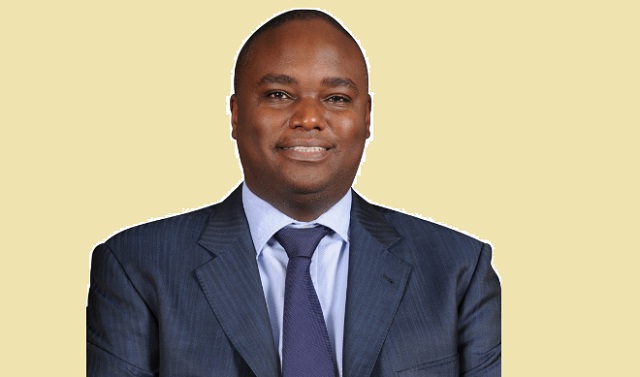
Last year, Stanbic Bank recorded a 27% growth in net profit to Shs191.15 billion, up from Shs150.76 billion in 2015 and Shs135.08 billion in 2014 driven mainly by non-interest revenues.
The bank’s net interest income was Shs376 billion in 2016 compared to Shs311billion in 2015 and Shs280 billion in 2014 while net non-interest income was Shs267 billion, Shs211 billion, and Shs214 billion during the same period under review.
This banking model, however, is not new. Across the globe, deregulation and financial consolidation have given way to the development of Financial Holding Companies or Bank Holding Companies—allowing commercial banking, insurance, investment banking, and other financial activities to be conducted under the same corporate umbrella.
In the European Union and the US, for instance, financial conglomerates are organised through a holding company model. Australia, based on recommendations of its Wallis Commission, allowed the holding company model as part of liberalisation of the range of activities that can be carried out within a conglomerate group containing banks.
In Korea, it was the Asian crisis which triggered the move towards the holding company model in the financial sector.
Back in East Africa, Equity Bank and KCB group became holding companies with their subsidiaries in Uganda, Rwanda, South Sudan, Rwanda and Burundi in 2014. This followed the mid-sized lender I&M Bank, wholly owned subsidiary of I&M Holdings Ltd that become a holding company earlier.
Vighneswara Swamy’s study published in 2013 dubbed ‘Financial Holding Company Structure in India’ says banks all over the world are now transforming into a BHC because it makes it easier to raise capital than as a traditional bank.
“The holding company can assume debt of shareholders on a tax-free basis, borrow money, acquire other banks and non-bank entities more easily, and issue stock with greater regulatory ease,” he says, adding that the model also has a greater legal authority to conduct share repurchases of its own stock.
 The Independent Uganda: You get the Truth we Pay the Price
The Independent Uganda: You get the Truth we Pay the Price



